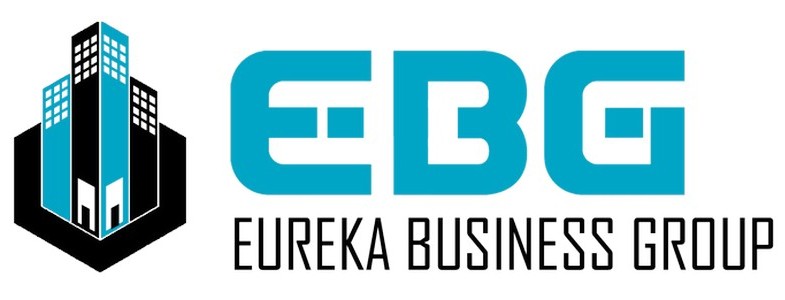- Home
- Commercial Broker Services
- Business Broker Services
- Business Owners Resources
- Navigating the Commercial Lease Landscape: A Beginner’s Guide
Navigating the Commercial Lease Landscape: A Beginner’s Guide
Entering into a commercial lease can be a significant milestone for any business, whether you are opening your first office or expanding to a new location. However, the commercial lease landscape can be complex and daunting, especially for beginners. This guide aims to demystify the process and provide you with essential insights to navigate your way confidently through the commercial leasing journey.
Understanding Commercial Leases
A commercial lease is a legally binding agreement between a landlord and a tenant for the rental of commercial property. Unlike residential leases, commercial leases are typically longer, more flexible, and less regulated. They can vary widely in terms of duration, costs, and specific terms and conditions. Therefore, it’s crucial to understand the different types of leases and what they entail.
Types of Commercial Leases
Gross Lease: In a gross lease, the tenant pays a fixed rent, and the landlord covers most or all property expenses, such as insurance, taxes, and maintenance. This type of lease offers simplicity and predictability in budgeting.
Net Lease: Under a net lease, the tenant pays a lower base rent plus a portion of the property expenses. There are three common types:
- Single Net Lease (N Lease): Tenant pays rent plus property taxes.
- Double Net Lease (NN Lease): Tenant pays rent plus property taxes and insurance.
- Triple Net Lease (NNN Lease): Tenant pays rent plus property taxes, insurance, and maintenance costs. This is the most common type of net lease.
Modified Gross Lease: This lease is a hybrid between a gross and a net lease. The tenant and landlord split property expenses in a negotiated manner. This type provides more flexibility and can be customized to fit the needs of both parties.
Percentage Lease: Common in retail environments, this lease involves the tenant paying a base rent plus a percentage of their sales revenue. This arrangement aligns the interests of both landlord and tenant towards the success of the tenant’s business.
Key Components of a Commercial Lease
1. Lease Term
The lease term is the duration of the lease agreement. Commercial leases often range from 3 to 10 years. It’s essential to consider the lease term carefully, balancing the stability of a long-term lease with the flexibility of a shorter-term lease. Additionally, consider the options for renewal and termination clauses.
2. Rent and Escalations
Understand the base rent and any potential rent escalations over the lease term. Escalation clauses may include fixed increases, percentage increases, or increases tied to an index like the Consumer Price Index (CPI). Ensure you are clear about how and when your rent will increase.
3. Additional Costs
Identify all additional costs beyond base rent. These can include:
- Common Area Maintenance (CAM) fees: Costs for maintaining shared spaces.
- Utilities: Determine if utilities are included or if you’ll be billed separately.
- Insurance and Taxes: Clarify your responsibilities for property insurance and taxes.
4. Use Clause
The use clause defines how the tenant can use the leased space. Ensure the use clause aligns with your business needs and allows for any potential future expansions or changes in your business operations.
5. Improvements and Modifications
Understand who is responsible for improvements and modifications to the space. This includes build-outs, renovations, and who bears the cost. Ensure there is a clear process for obtaining approvals for any modifications you plan to make.
6. Maintenance and Repairs
Clarify the maintenance and repair responsibilities of both the tenant and the landlord. This includes routine maintenance, repairs, and who is responsible for specific aspects such as HVAC systems, plumbing, and electrical work.
7. Assignment and Subletting
Determine the terms under which you can assign the lease or sublet the space to another tenant. This flexibility can be crucial if your business circumstances change, such as if you outgrow the space or need to downsize.
8. Default and Termination Clauses
Understand the conditions under which the landlord can terminate the lease and the penalties for default. Ensure the lease includes a fair process for addressing defaults and any grace periods for rectifying issues.
Negotiating a Commercial Lease
Negotiating a commercial lease is a critical step in securing favorable terms. Here are some tips to help you navigate the negotiation process:
Do Your Research: Understand the local market conditions and comparable lease rates. This knowledge will give you a stronger bargaining position.
Consult Professionals: Engage a real estate attorney and a commercial real estate broker. They can provide valuable insights, negotiate on your behalf, and ensure your interests are protected.
Prioritize Your Needs: Identify your must-haves and deal-breakers. Prioritize these in your negotiations and be prepared to compromise on less critical aspects.
Seek Flexibility: Negotiate for options that provide flexibility, such as shorter lease terms with renewal options, subletting rights, and favorable termination clauses.
Get Everything in Writing: Ensure all negotiated terms are clearly documented in the lease agreement. Verbal agreements can lead to misunderstandings and are not legally binding.
Conclusion
Navigating the commercial lease landscape can be challenging, especially for beginners. However, with a clear understanding of the types of leases, key components of a lease agreement, and effective negotiation strategies, you can secure a lease that supports your business’s growth and success. Take the time to thoroughly review and understand the lease terms, consult with professionals, and negotiate effectively to ensure your commercial lease aligns with your business needs and goals.



